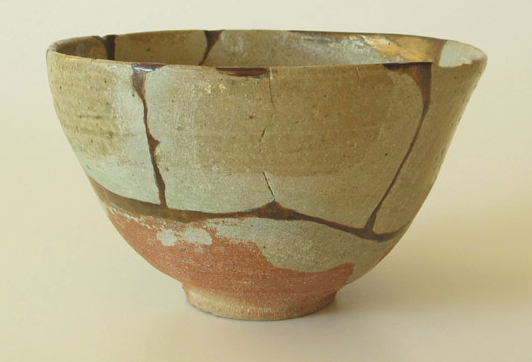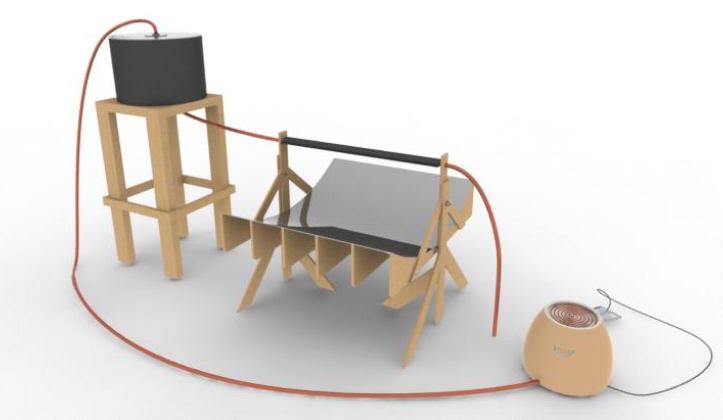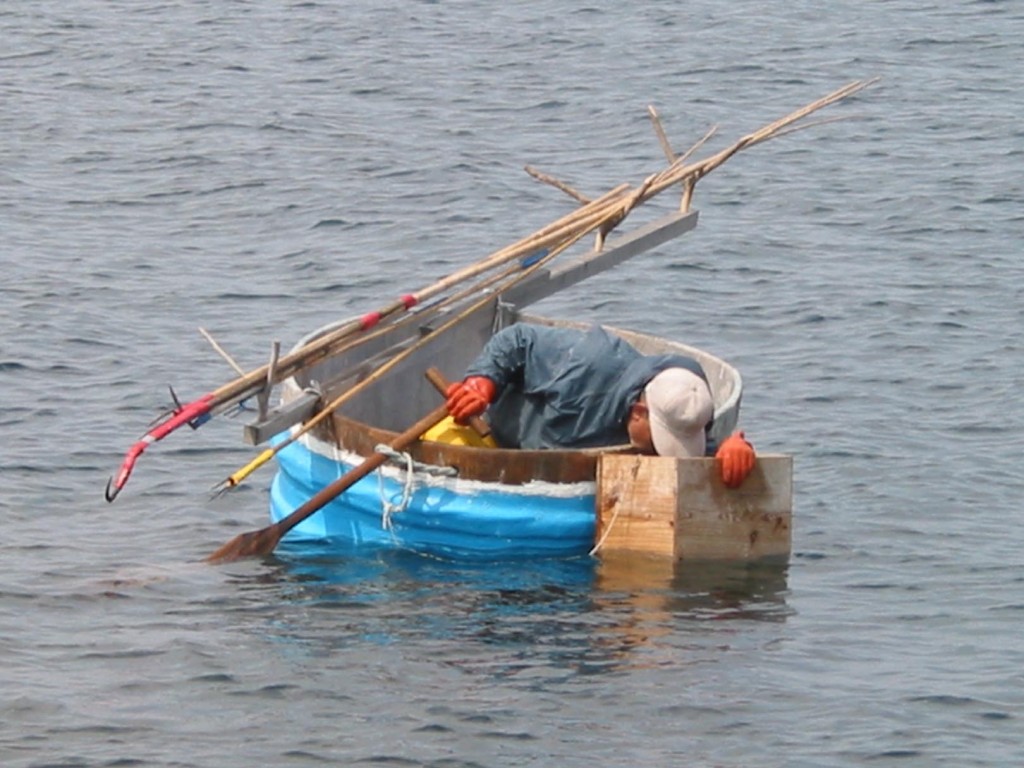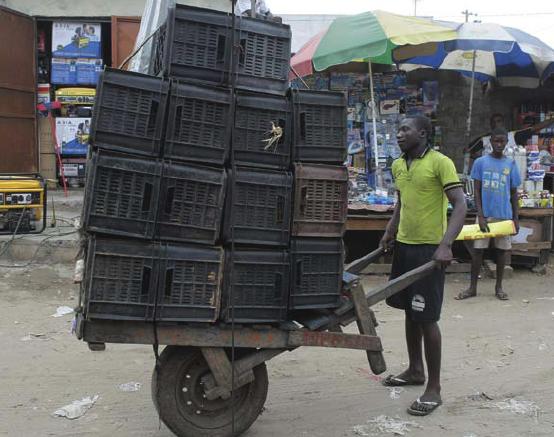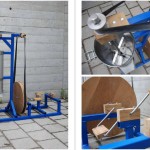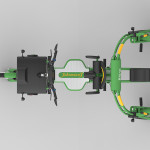The Japanese art of Kintsugi, which means ‘golden joinery’ or ‘to patch with gold’, is all about turning ugly breaks into beautiful fixes. Most repairs hide themselves – the goal is usually to make something as good as new. Kintsugi proposes that repair can make things better than new.
Kintsugi is a technique of repairing broken porcelain, earthenware pottery and glass with resins and lacquers that come from trees. It dates from the 15th century. The kintsugi artist carefully repairs the broken vessel with a sticky resin that hardens as it dries. The resin can then be sanded and buffed until the crack is almost imperceptible to the touch. After that, the artist takes a lacquer that has been combined with real gold and covers the crack.
Check it out: 1 / 2 / 3 / 4 / 5. The first link mentions a couple of DIY-kits using cheaper binding materials.
